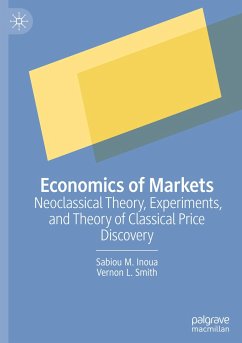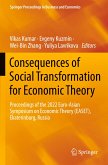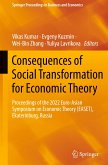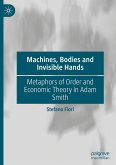This book establishes that neoclassical economics based on the marginal utility calculus failed to derive a theory of consumer market price discovery consistent with the experimental market evidence. Such markets involve inherently discrete final-demand items bought for consumption and not subject to resale. Classical economists following Adam Smith articulated a rich narrative of price discovery theory consistent with experimental evidence based on operational concepts of discrete demand values (maximum willingness-to-pay), and symmetrically, supply costs (minimum willingness-to-accept). We develop and extend a mathematical model of classical market price formation. Chapter 1 & 2 describes this theme and chapter 3 connects it with experiments. Chapter 4 builds on experimental examples for an intuitive overview of the theory. A partial equilibrium version of the theory constitutes Chapter 5. Chapter 6 extends this framework to price formation by wealth constrained agents in multiple-goods markets. Chapter 7 applies this framework to the study of re-tradable durable-goods and financial claims that are subject to sources of instability absent in markets for consumer non-durables.
Bitte wählen Sie Ihr Anliegen aus.
Rechnungen
Retourenschein anfordern
Bestellstatus
Storno








